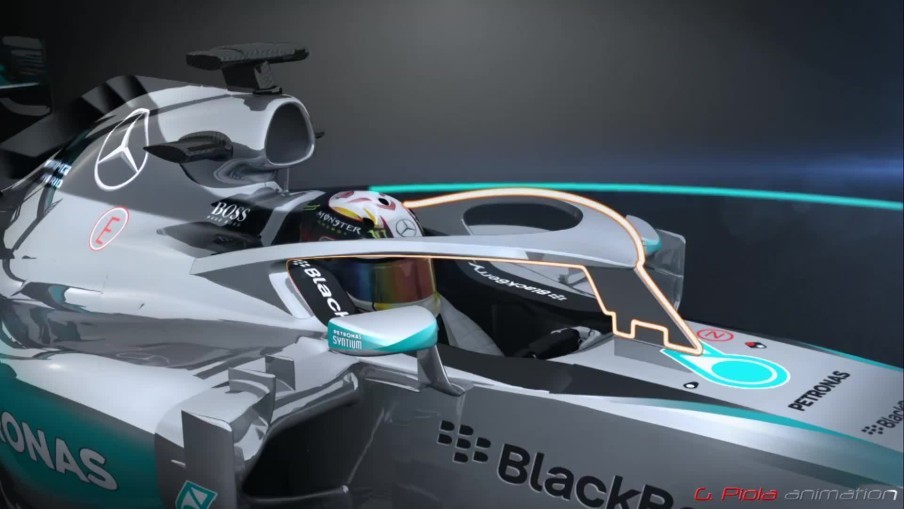IndyCar eyes better driver head protection for 2017
 |
| Will IndyCar choose a Halo Design similar to F1? |
IndyCar’s pursuit of driver protection from flying debris – the cause of Justin Wilson’s fatal head injury in August – has taken a positive turn in recent weeks with materials being tested this weekend at Phoenix International Raceway.
Noted safety expert Terry Trammell told IndyStar on Thursday that IndyCar “very reasonably could have a functional device for 2017."
Trammell was reached in Arizona after visiting with a company providing at least one concept, although Trammell declined to discuss specifics.
The materials to be tested in the IndyCar Series’ open session Friday and Saturday will be studied for effectiveness in withstanding the forces of abrasive debris such as excessive tire rubber along with the sand and pebbles present in desert climates. IndyCar races at the Phoenix-area oval track April 2.
Wilson was struck by the broken nose cone from Sage Karam’s car late in the IndyCar Series race at Pocono (Pa.) Raceway and died the next day. Nose cones are among the pieces tethered this year.
Trammell said Wilson's frontal impact was similar to what Formula One driver Felipe Massa experienced in Hungary in 2009 when a spring struck his helmet visor and fractured his skull. (Massa recovered and is racing again.) The key to this process, Trammell said, is to determine how much energy can be absorbed.
Earlier this week, the BBC reported the F-1 Commission approved plans to adopt a halo-type structure to protect drivers from debris. Trammell said the concern with halos is visual obstruction.
Without divulging the companies involved, IndyCar president Jay Frye told IndyStar that more than one has military contracts, and their ideas are rooted in lightweight, cost-effective devices that could be implemented in the current car design and transferred between cars. Specific costs haven’t been formulated, but it’s likely they could come in well below $25,000 per car.
Some of the potential manufacturers are small, nimble companies with the ability to react quickly, Frye said.
“That was eye-opening," Frye said. “We thought this would be at some astronomical cost, but a couple of these are quite promising.
“I don’t see (installation) this year, but we certainly could see some testing this year. Curt Cavin/Indy Star
